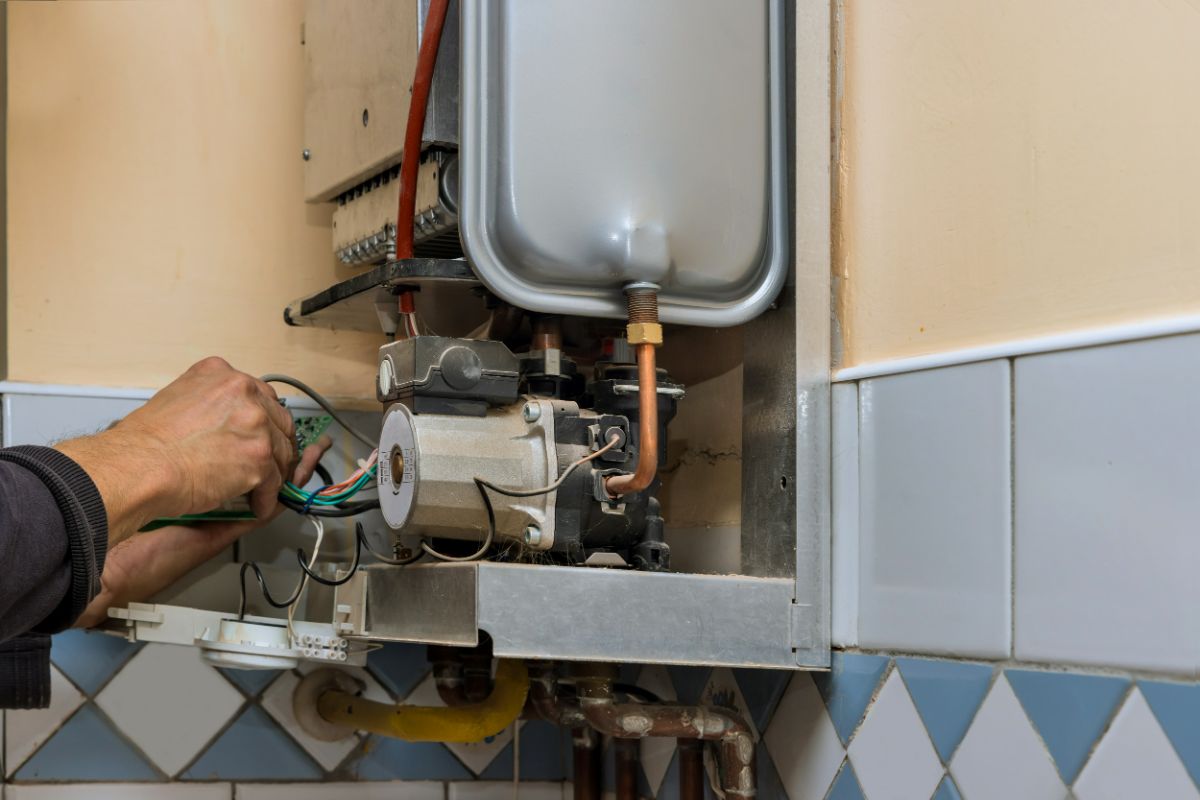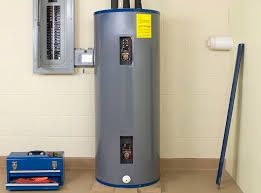Important Care Strategies for Your Home's Hot Water SystemHow to Maintain Your Home's Hot Water System in Good ConditionProfessional Guidance on Maintaining Your Home's Hot Water System
Important Care Strategies for Your Home's Hot Water SystemHow to Maintain Your Home's Hot Water System in Good ConditionProfessional Guidance on Maintaining Your Home's Hot Water System
Blog Article
The publisher is making a few good annotation on the subject of Tips For Maintaining Your Hot Water Heater in general in this article directly below.

Hot water is necessary for day-to-day comfort, whether it's for a rejuvenating shower or cleaning recipes. To guarantee your warm water system runs successfully and lasts longer, normal maintenance is vital. This short article provides functional tips and insights on how to maintain your home's hot water system to prevent interruptions and expensive repair work.
Intro
Keeping your home's hot water system may seem difficult, yet with a couple of straightforward steps, you can guarantee it operates smoothly for years to come. This overview covers everything from understanding your hot water system to do it yourself maintenance pointers and recognizing when to call in expert aid.
Significance of Maintaining Your Warm Water System
Routine upkeep not only prolongs the life expectancy of your warm water system yet additionally guarantees it operates effectively. Ignoring maintenance can cause reduced performance, greater energy costs, and even premature failing of the system.
Indicators Your Hot Water System Requirements Upkeep
Understanding when your warm water system requires interest can stop significant concerns. Look out for signs such as inconsistent water temperature level, odd noises from the heating system, or rusty water.
Recognizing Your Warm Water System
Prior to diving right into upkeep tasks, it's useful to comprehend the standard elements of your hot water system. Generally, this includes the water heater itself, pipes, anode rods, and temperature controls.
Regular Monthly Upkeep Tasks
Routine month-to-month checks can aid catch small problems before they rise.
Flushing the Hot Water Heater
Purging your hot water heater gets rid of debris build-up, improving performance and prolonging its life.
Checking and Replacing Anode Rods
Anode poles avoid corrosion inside the storage tank. Inspecting and changing them when worn out is critical.
Examining and Readjusting Temperature Setups
Adjusting the temperature level setups makes sure optimal performance and security.
DIY Tips for Upkeep
You can carry out several maintenance tasks on your own to maintain your warm water system in top condition.
Looking for Leakages
Frequently examine pipes and connections for leaks, as these can cause water damage and higher expenses.
Examining Stress Alleviation Valves
Testing the pressure safety valve ensures it operates appropriately and protects against extreme stress build-up.
Protecting Pipes
Shielding hot water pipes minimizes heat loss and can save power.
When to Call a Specialist
While do it yourself maintenance is advantageous, some problems need professional experience.
Complicated Problems Requiring Specialist Help
Examples include significant leaks, electric problems, or if your water heater is consistently underperforming.
Regular Specialist Upkeep Benefits
Expert upkeep can include extensive examinations, tune-ups, and making certain conformity with safety and security standards.
Verdict
Normal maintenance of your home's warm water system is essential for performance, longevity, and price savings. By complying with these suggestions and knowing when to seek professional aid, you can make sure a trustworthy supply of hot water without unexpected interruptions.
Water Heater Maintenance: The Basics
Maintaining your water heater will ensure it operates efficiently and has a longer lifespan. Neglecting regular maintenance can lead to costly repairs and an even bigger chunk of your savings if you have to replace it sooner than necessary. But there’s good news: Most water heater maintenance tasks are relatively simple and easy for homeowners with basic DIY skills.
Flush the Water Heater
Over time, sediment and minerals can build up in the tank, reducing its efficiency and potentially causing damage. To flush the tank, turn off the power or gas supply, attach a hose to the drain valve near the bottom and open the valve to drain the water until it runs clear. Ideally, flush the tank annually.
Replace the Anode Rod
The anode rod is a sacrificial metal rod that helps prevent corrosion inside the tank. Inspect and replace it every three to five years or per the manufacturer's recommendation. To replace the anode rod, turn off the power or gas supply, drain a few gallons of water from the tank, unscrew the old rod and replace it with a new one. If the anode rod is significantly corroded or covered in calcium buildup, it's a sign the water heater may need to be replaced soon.
Tune-Up
A yearly tune-up can help identify potential issues and ensure your water heater operates at peak efficiency. This typically involves checking the thermostat, burner assembly (for gas heaters) and any other components specified by the manufacturer. During a tune-up, the technician may also clean the burner and adjust the pilot light (for gas heaters) or examine the heating elements (for electric heaters).
How to Maintain Your Water Heater
Insulate the tank. Insulating the tank can improve energy efficiency and reduce heat loss, saving you money on energy bills. You can purchase precut insulation blankets designed specifically for water heaters or use standard fiberglass insulation wrapped securely around the tank. Check the temperature. The recommended water temperature for most households is around 120 degrees Fahrenheit (49 degrees Celsius). Higher temperatures can increase energy costs and potentially cause scalding. Use a kitchen thermometer to check the temperature at the faucet nearest the water heater. Monitor water pressure. Excessive water pressure can strain the water heater and cause leaks or even tank failure. Install a pressure-reducing valve if necessary. The ideal water pressure range is between 60 and 70 PSI (pounds per square inch). Test the temperature and pressure (T&P) relief valve. The T&P relief valve is a safety feature that releases pressure if the tank gets too hot or the pressure builds up too high. Test it annually by lifting the lever and allowing a small amount of water to release. Replace the valve if it doesn't release water or reseal properly. Check for leaks. Regularly inspect the tank, pipes and fittings for leaks or corrosion. Deal with issues promptly to prevent further damage. Even a small leak can lead to significant water damage over time. Consider a tankless water heater. If your traditional tank-style water heater is nearing the end of its lifespan ( typically 10 years), consider replacing it with a tankless water heater. These units heat water on demand, reducing standby energy losses and potentially saving you money on your energy bills. Schedule professional maintenance. While homeowners can perform many water heater maintenance tasks, it's still a good idea to schedule professional maintenance every few years. A plumber or HVAC technician can thoroughly inspect the unit, identify potential issues and ensure it operates safely and efficiently. https://www.homeserve.com/en-us/blog/home-improvement/hot-water-heater-maintanence/

I discovered that blog post on How to Maintain a Hot Water Heater in a Few Simple Steps when doing a lookup on the search engines. In case you liked our blog post if you please do not forget to pass it around. Many thanks for taking the time to read it.
Explore Report this page